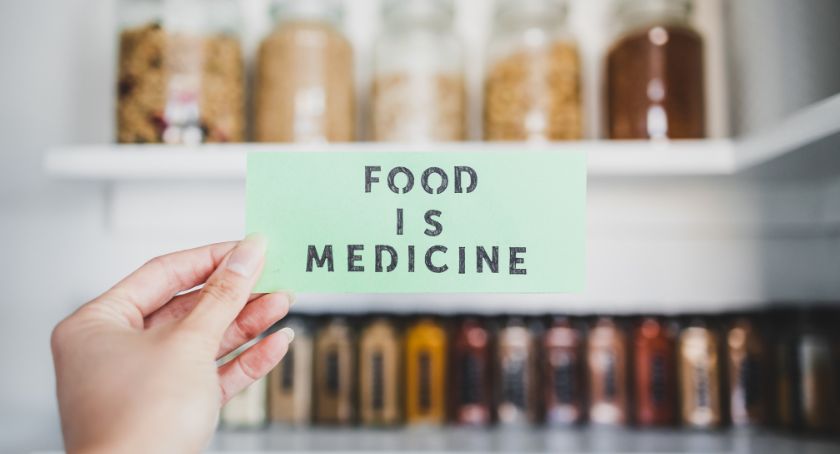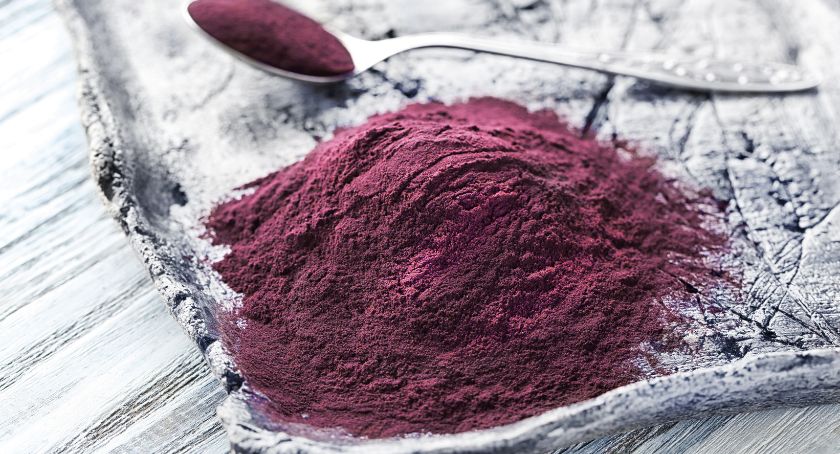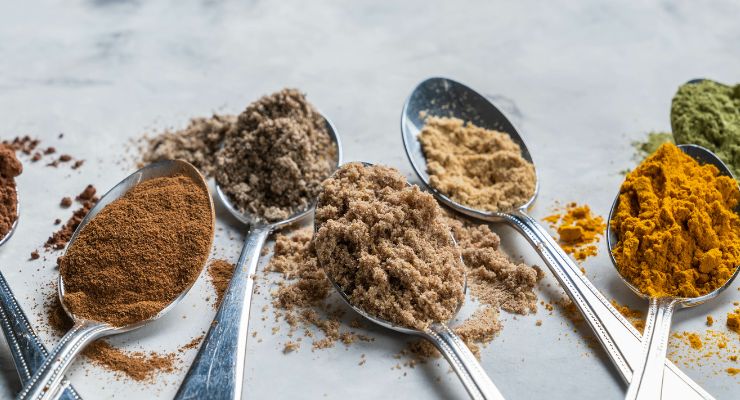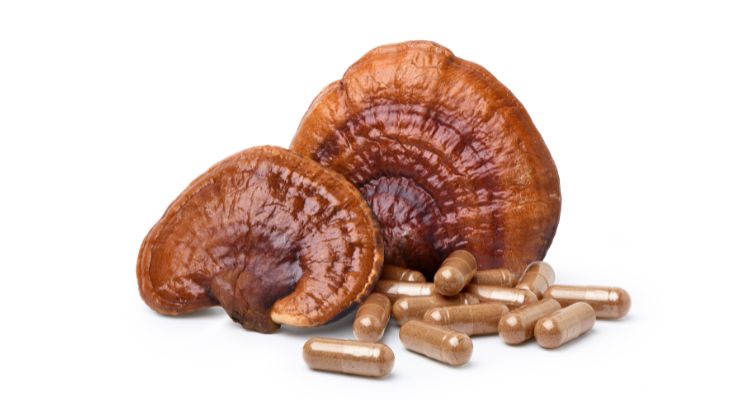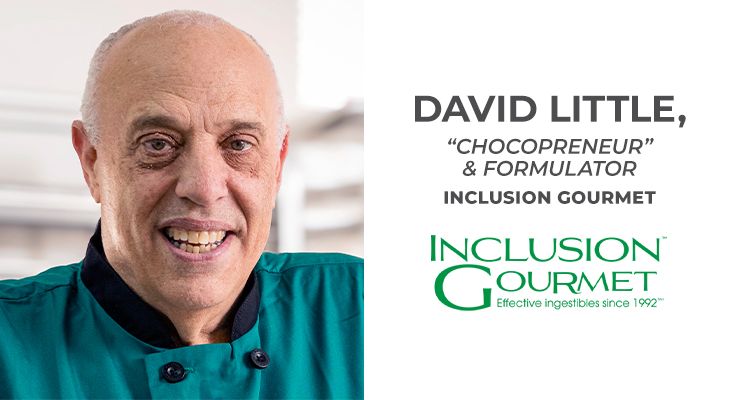Columns
Japan Insider: Non-Drug Approaches to Diabetes
Companies are offering ingredient solutions for metabolic syndrome risk factors.
By: Ron Bailey

Non-Drug Approaches to Diabetes
Companies are offering ingredient solutions for metabolic syndrome risk factors.
By Ron Bailey
Diabetes continues to be a major health concern in Japan. There are now over seven million Japanese who have been diagnosed with diabetes and at least nine million more are at risk of becoming diabetic. With a population of only 127 million, the percentage of the population impacted by diabetes is very large, similar to U.S. percentages.
Compared to most other countries, however, the expected rate of increase in diabetes cases in Japan through 2030 is lower, according to WHO and UN projections. In fact, the UN and WHO estimate a 50% increase in diabetes cases compared to a global average increase of 100% for the same period. For example in the U.S., diabetes cases are expected to increase from just over 17 million in 2000 to 30 million in 2030.
Japan has a declining population, so a direct comparison of actual numbers of cases is somewhat misleading. The interpretation of the data in Japan, however, is that there is and will continue to be a diabetes health crisis in the years to come.
On the more positive side, death rates in Japan from diabetes are not increasing, and appear to have stabilized. As a result, diabetes is no longer considered to be one of the top 10 causes of death in Japan as reported by the Ministry of Health, Labor, and Welfare (MHLW).
Regulatory Factors to Consider
Japanese food and beverage companies, with at least the tacit support of the MHLW, have clearly decided to focus on “metabolic syndrome” risk factors as the appropriate non-drug approach to diabetes prevention. Four of the five risk factors—low HDL cholesterol, high blood pressure, high blood sugar and high triglycerides—are all areas of permitted health claims allowed under the MHLW Tokuho (or FOSHU, Foods for Specified Health Uses) regulations. The fifth risk factor, excessive waist size, is not (yet) a direct Tokuho health claim category. Body fat reduction is, however, so in practice all of the metabolic syndrome risk factors are currently covered under existing regulations.
The MHLW is expected to announce in April 2008 new regulations addressing the health concerns of the rapidly aging Japanese population, which will include metabolic syndrome. Japanese companies are anxiously awaiting the details of the new regulations in order to properly plan future developments in this area.
Recent Japanese Nutrition Survey Data
The MHLW has responsibility for the National Institute of Health and Nutrition (NIHN). One of the NIHN tasks is to collect and analyze data from an annual national nutrition survey. The most recent survey analyzed data obtained in 2004.
The 2004 survey was the first to address the definitions and demographics information related to metabolic syndrome. This is an indication of the serious nature of the diabetes and “pre-diabetes” problem in Japan, as well as the role of daily food and beverage consumption to (potentially) prevent the disease. Data from the 2004 nutrition survey are already being used to support the development of new ingredients and products that target metabolic syndrome risk factors, with the understanding that such developments will have the full support of MHLW.
Highlights from the 2004 survey report related to the five risk factors included:
Total Cholesterol: The MHLW definition of high total blood cholesterol is a reading of over 240 mg/dl. Twelve percent of male adults and 18% of female adults have high cholesterol by this standard. Around one-half of adult men and women have readings over 200 mg/dl, the typical U.S. standard.
Blood Pressure: The definition of high blood pressure (hypertension) in Japan is a reading of greater than 140 mm Hg systolic or greater than 90 diastolic. For metabolic syndrome the blood pressure risk factor is a reading of over 130/90. The 2004 survey shows continued upward trends in average blood pressure with age. Over 50% of men over 60 years of age and over 55% of women over 70 have at least mild hypertension.
Blood Sugar: The MHLW healthy guideline for blood sugar is a reading of less than 110 mg/dl, consistent with the metabolic syndrome risk factor guidance. Just over 20% of both men and women had measured blood sugar readings above the recommended limit, generally increasing with age.
Body Mass Index (BMI): MHLW has chosen to define obesity in Japan as having a BMI of over 25, versus the obesity definition in many other countries of having a BMI greater than 30. Using the MHLW definition, the 2004 survey indicated that over 30% of men in their 40’s and 50’s, but fewer than 30% of women in their 60’s are considered obese.
For the first time in 2004, the national survey presented obesity information by showing the data using a combination of waist size (a metabolic syndrome risk factor) and BMI. Charts were developed for both males and females indicating the percentage of adults with:
• A BMI over 25, plus a waist size over 85 cm for males and 90 cm for females;
• a BMI over 25, but a waist size less than shown above;
• a waist size over the sizes shown above, but with a BMI less than 25; and
• a BMI under 25 and a waist size lower than 85 cm/90 cm.
Using these guidelines, nearly 30% of males but fewer than 15% of females across all age groups are obese and have a large waist size. Historically, however, less than 4% of men and women have a BMI of over 30, so by international standards the Japanese population is not considered obese.
How are Japanese Companies Using these Data?
One useful approach to document current Japanese company activities is through an evaluation of the announcements made at recent food and health food ingredient trade shows in Japan. Using tradeshow guidebooks to review both the exhibitor abstracts as well as the titles of the presentations made at the shows, it is possible to develop an understanding of recent Japanese food and beverage developments geared toward metabolic syndrome.
From the Fall 2006 Health Ingredients Japan show and the spring ifia Japan 2007 food ingredients and additives show, both held in Tokyo, the ingredients that specifically mentioned metabolic syndrome included:
• Maitake mushroom extract
• Neem Indian plant extract
• Palo azul herb extract
• L-carnitine combination formulation
• Rugosa rose extract
• Astaxanthin concentrate
• GABA (gamma amino butyric acid)
concentrate
• Salacia Indian herb extract
• Policosanol sugar cane extract
• Licorice extract
• Coffee bean, cocoa and walnut
polyphenol concentrates
• Banaba leaf extract
• Mung bean peptide
• Conjugated linoleic acid (CLA)
concentrate
• Barley beta-glucan concentrate
• Pinitol and inositol concentrate
All of these ingredients have supporting technical data available, at least in Japanese, for the metabolic syndrome risk factor(s) being claimed. Most should also have available at least one supporting small-scale clinical study supporting efficacy.
It is anticipated that there will be additional new metabolic syndrome-related ingredient developments featured at the upcoming late November 2007 Health Ingredients Japan show in Tokyo.
And for the Future?
Clearly the interest in using food and beverage ingredients to address metabolic syndrome risk factors is large and growing. To the extent that certain ingredients can be shown to be more effective than others, market success will follow. Japanese consumers are becoming wary of increasingly expensive drug solutions to health problems, and many will be early adopters of these new ingredient options. In the end, public health in Japan will benefit as new cases of diabetes are prevented.NW






